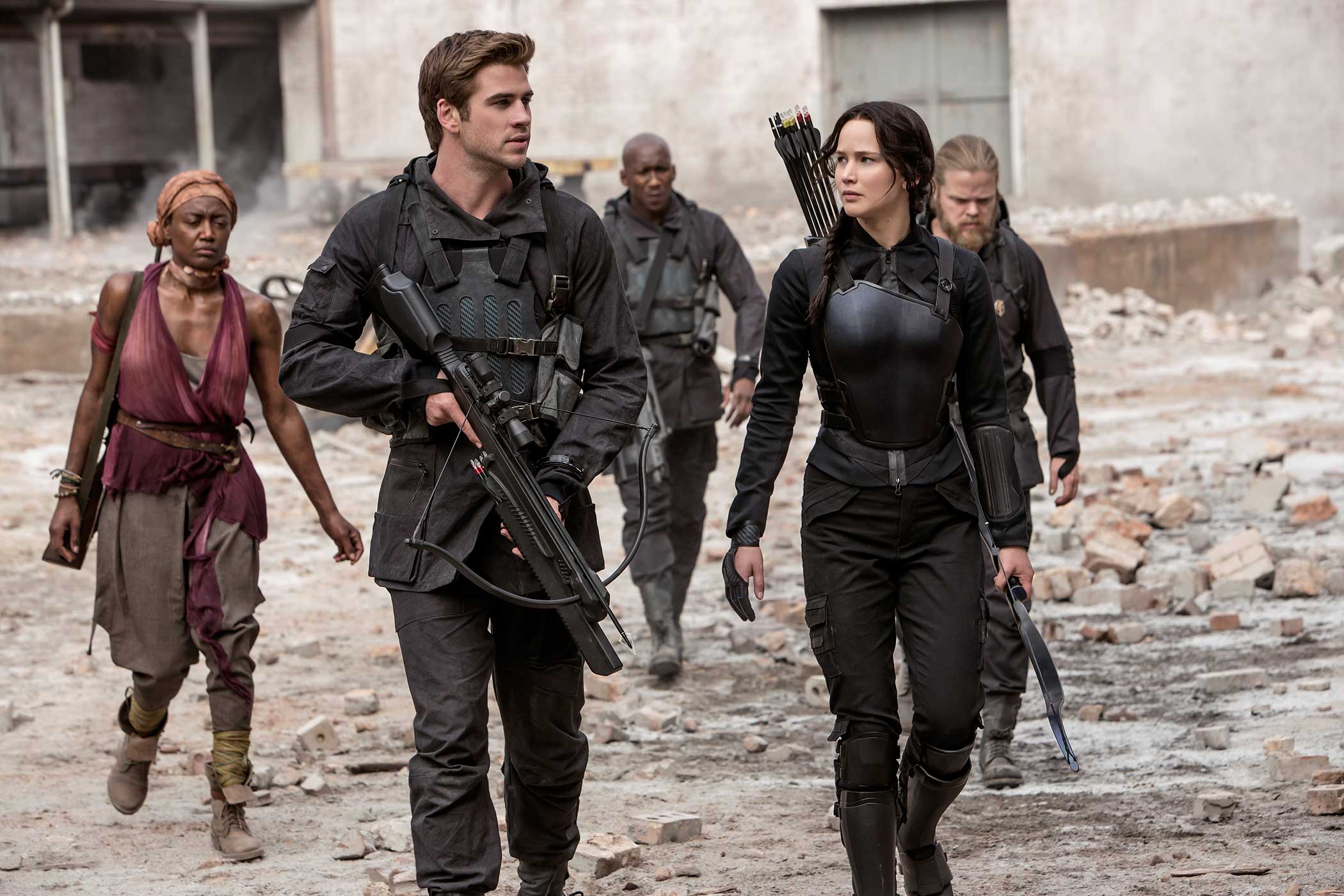
As Katniss & Co. get ready to storm movie theaters this weekend with Mockingjay, the latest installment in The Hunger Games series, it may seem like a foregone conclusion that futuristic teenagers will have to battle an oppressive dystopian regime alongside their crushes.
But it wasn’t always that way. As TIME’s Lev Grossman wrote back in 2012 while exploring the history of the teen romance-dystopia genre in books and movies, until the 1960s — notably, with the release of the Tripod series by Christopher Samuel Youd — dystopia wasn’t for teenagers. Books like 1984 and Brave New World are seen as classics of grown-up literature; during the last 50 years, their analogues have usually been meant for teenagers.
But that doesn’t mean that the genre hasn’t changed further during that half-century:
The Hunger Games is every bit as grim as the Tripod books, but it also tells us a lot about how the future, and the present, has changed since the 1960s. Now we have a great tradition of strong female characters in young-adult fiction thanks to writers like Madeleine L’Engle, Judy Blume and Anne McCaffrey. And along with coed dystopias comes, inevitably, romance: it’s understood now that if you’re fighting to save the human race, you’re going to have to deal with a star-crossed crush at the same time. If the Tripod books were published today (they’ve been reissued with covers that make them look like novelizations of the boy’s-own science-fiction cartoon Ben 10), Will Parker would fall for a tough fellow resistance member with a fetching pageboy haircut over her mind-control cap. Or better yet, a Tripod would crack open and disgorge a nubile, sufficiently humanoid alienne.
Read the full article here: Love Among the Ruins
More Must-Reads From TIME
- The 100 Most Influential People of 2024
- The Revolution of Yulia Navalnaya
- 6 Compliments That Land Every Time
- What's the Deal With the Bitcoin Halving?
- If You're Dating Right Now , You're Brave: Column
- The AI That Could Heal a Divided Internet
- Fallout Is a Brilliant Model for the Future of Video Game Adaptations
- Want Weekly Recs on What to Watch, Read, and More? Sign Up for Worth Your Time
Write to Lily Rothman at lily.rothman@time.com